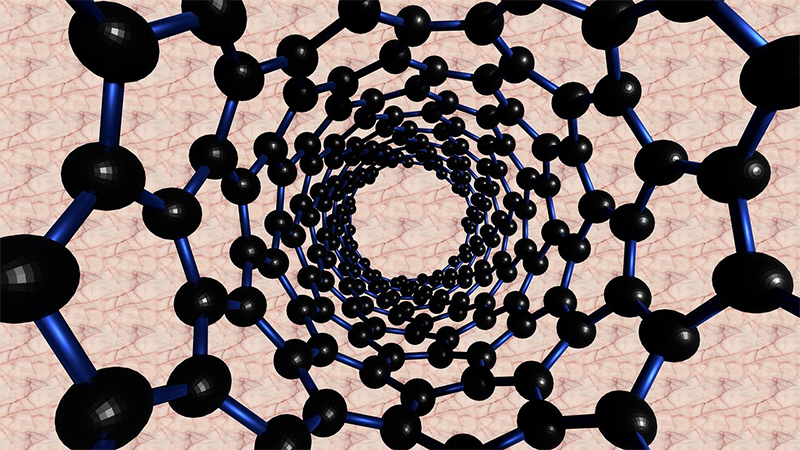
Mizzou Team to Use AI to Grow Carbon Nanotubes in Mass Quantities
A team of Mizzou Engineers is turning to artificial intelligence (AI) to help grow and control large quantities of carbon nanotubes—tiny, cylinder-shaped molecules made of rolled sheets of carbon. Using AI is a novel approach to mass producing them, a problem that has plagued scientists for decades. Now, the National Science Foundation is backing the idea with an award funding the group’s research for three years.

Genome Sequences Could Be Key to COVID-19
The secret to surviving COVID-19 could be locked in our DNA. Researchers are analyzing genome sequences to find clues about why some people are more susceptible to the virus. Right now, doing that work comes with a hefty price tag. But Praveen Rao is developing a way for more scientists to unlock that information for free.
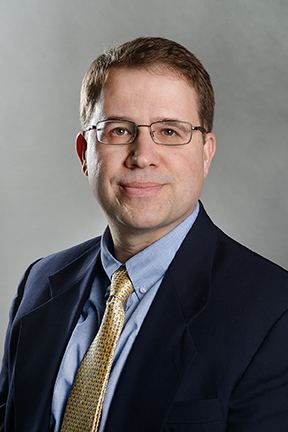
Engineer Promotes Earthquake Awareness
Brent Rosenblad, as associate professor in the Department of Civil and Environmental Engineering, chairs the Missouri Earthquake Preparedness Seismic Safety Commission. The commission was established in 1993 by the Missouri General Assembly to promote awareness of the risk of earthquakes and to take steps to mitigate damage in the event one occurs.
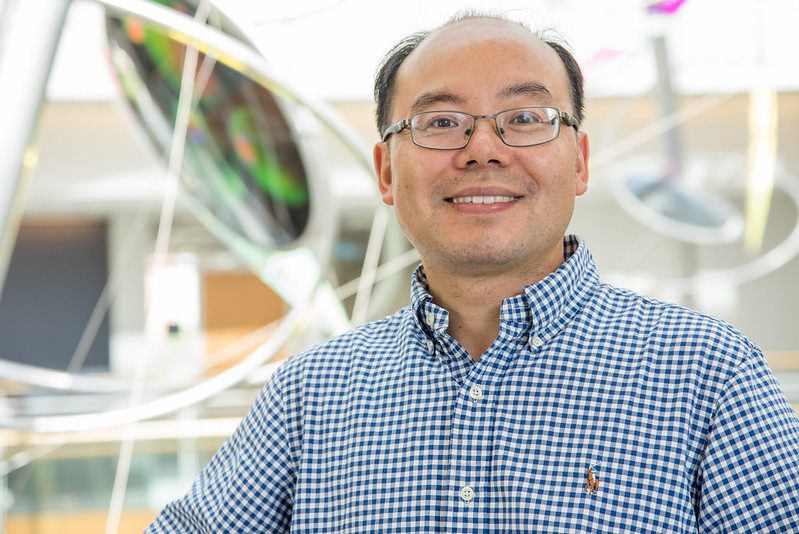
Flu researcher brings team together to tackle COVID-19
Professor Henry Wan has studied flu viruses for years, and he can assure you, coronavirus is not the same. It’s trickier. Less predictable And for many, deadlier. But there are insights scientists can glean from decades of research around the transmission of the flu. That’s why a team of Mizzou researchers is turning its collective attention to COVID-19.

Powering the Army of the Future
Professor Bill Ma in the Department of Mechanical and Aerospace Engineering is proposing new electric power technology to support Army operations in 2035. Solar energy is expected to meet the energy demand for a variety of equipment associated with Army multi-domain operations in the future.

CELDi Symposium Goes Virtual
As the University of Missouri campuses began preparations to move to remote teaching and telework in March due to the COVID-19 outbreak, Professor Jim Noble in the Department of Industrial and Manufacturing Systems Engineering (IMSE) was preparing for the Center for Excellence in Logistics and Distribution (CELDi) spring meeting and research symposium. Noble is the MU site director of CELDi, a National Science Foundation Industry/University Cooperative Research Center.
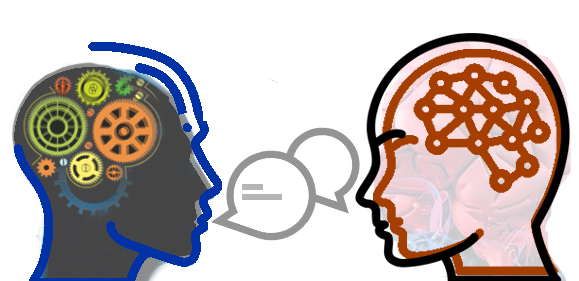
Mizzou Engineers Develop New AI Advisor
Want your smartphone to find a restaurant? No problem. Want artificial intelligence to help you plan a healthy diet on a grocery budget of $400 a month? You’re on your own. But research around artificial intelligence happening at Mizzou Engineering may change that. Associate Professor Prasad Calyam and his students from Electrical Engineering and Computer Science are developing an AI advisor that could help smartphones talk you through the tough questions.

Past Participants Tout Benefits of REU Program
Students from across the country will spend the next 10 weeks developing consumer networking skills. It’s part of a Research Experiences for Undergraduates, or REU, program at Mizzou Engineering funded by the National Science Foundation. And for some, it’s life changing.
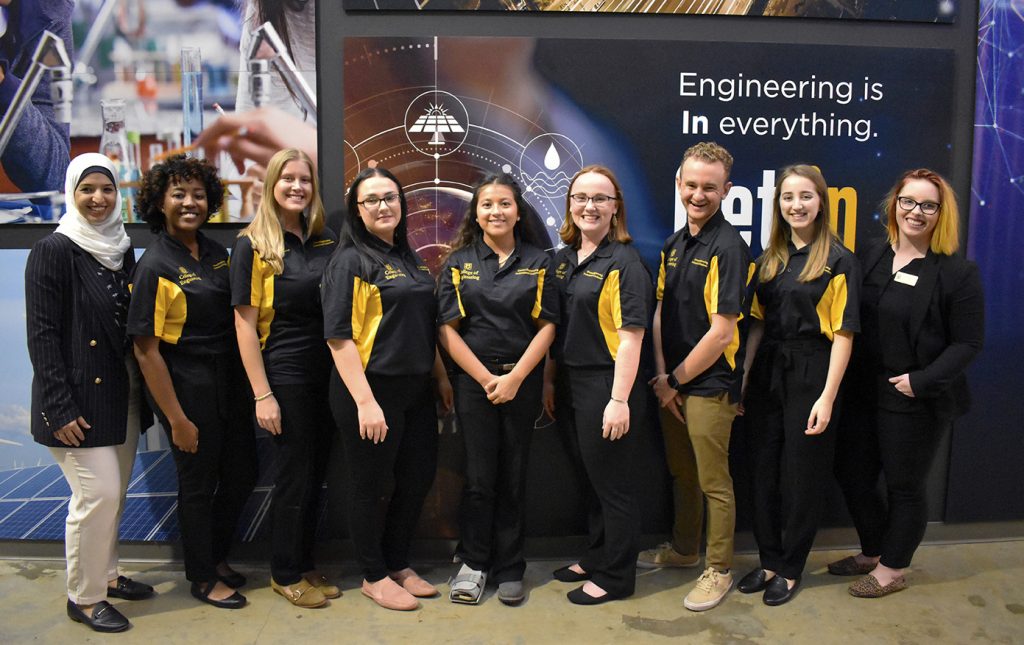
DEPC Recognized by National Academy of Inventors
The College of Engineering established the Diverse Engineering Professionals Conference (DEPC) in 2017 to recognize diversity organizations and diverse students while promoting the college’s core college values of integrity, excellence and collaboration. Several student organizations, under the leadership of Assistant Dean for Inclusive Excellence and Strategic Initiatives Tojan Rahhal, launched the first conference in 2017 in collaboration with the Engineering Leadership, Engagement and Career Development Academy and the Office of Diversity and Outreach initiatives.
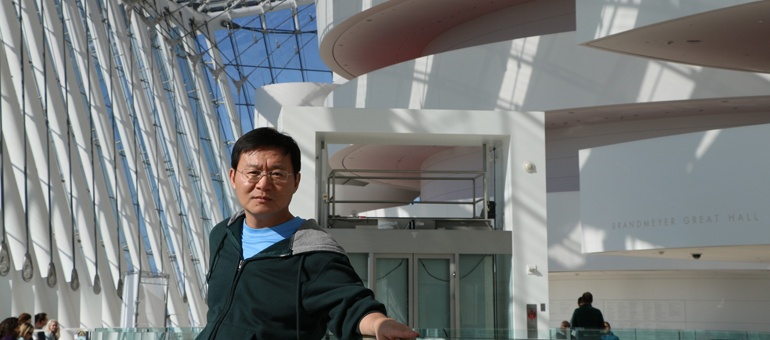
New Cloaking Material Could Protect Buildings, Soldiers
Stealth technology, the idea of reducing the ability of the enemy to detect an object, has driven advances in military research for decades. Today, aircraft, naval ships and submarines, missiles and satellites are often covered with radar-absorbent material, such as paint, to hide or cloak them from radar, sonar, infrared and other detection methods. A cloak is a coating material that makes an object indistinguishable from its surroundings or undetectable by external field measurements.